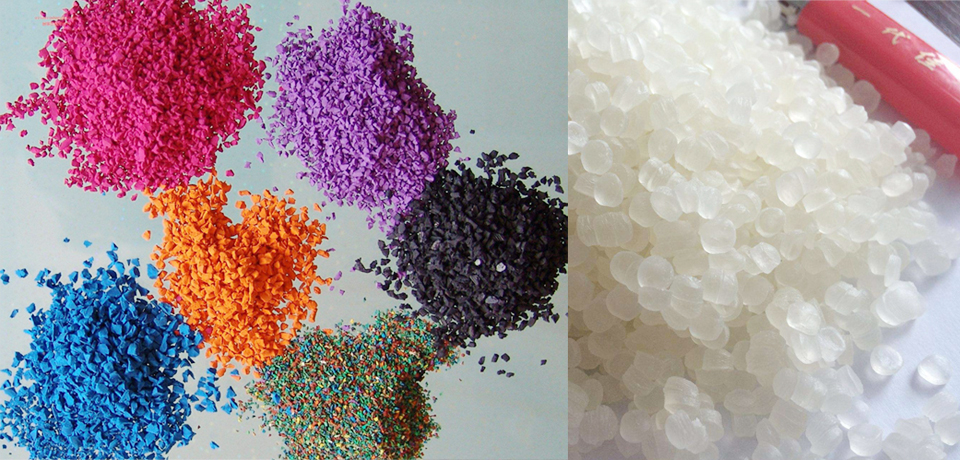
Cables and wires are used for the transmission of electricity, magnetism, information and conversion of electromagnetic energy.
Broadly defined wires and cables as cables.
The general low voltage cable structure : Conductor -> Insulation -> Inner Jacket -> Outer Jacket. Because of the requirements of the insulation material has a good variety of electrical insulation properties.
They must request a very high purity of the material, the content of impurities is minimal.
Often can not take into account the protection of the outside world, so for the outside world (that is, installation, use and use ) .
The resistance or resistance of various types of mechanical forces, the resistance to the atmosphere, chemicals or oils, the prevention of biological damage.
And the reduction of fire hazards must all be covered by the various sheathing structures.
In response to the treeing phenomenon was the development of FR-XLPE Cable (Tree Retardant-Cross-Linked Polyethylene) in 1982, which improved the breakdown (dielectric) strength, reduced electrical losses, and hindered the growth of electrical trees.
Ability of the insulation, under normal operating conditions, to withstand degradation that would cause a failure of the insulation, and eventually resulting in cable failure.
FR-XLPE compound continues to be improved and is provided by many cable manufacturers.
TR-XLPE compounds are rated 90oC for normal operation, 130oC for emergency operation and 250oC short circuit.
The first versions of EPR cable(ethylene propylene rubber-insulated), introduced in the early 1960s, demonstrated favorable characteristics that were quickly recognized by cable makers.
It has weathering stability, heat resistance up to 160oC, low temperature flexibility, and it is easily extruded .
Over the years, EPR insulation has become the standard insulation for most industrial applications.
And in the last 20 years has become more popular with electric utility applications in network cables, substation underground feeder cables.
And distribution cables because of its long-term reliability and strong performance over a 50-year period.
EPR cable retain their break-down (dielectric) strength in service over the life of the installation, given proper storage and handling of the cable prior to installation of the cable.
The EPR-insulated flexibility of the medium voltage cable is an important factor in larger (kcmil-sizes) .
Beacuse those cables must be trained and coiled in vaults and other enclosures.
The linemen expend less effort, reducing risk of muscle strains.
This insulation has a solid history of reliability, superior flexibility, and strong performance in wet applications, as well as improved flame retardancy over FR-XLPE cable.
EPR compounds are rated 105oC for normal operation, 140oC for emergency operation and 250oC short circuit.
The modern electrical distribution system has many contributors to electrical losses such as transformers, service conductors, arresters, secondary conductors and primary conductors.
Dielectric losses occur in both FR-XLPE and EPR compounds and it is well documented that EPR has significantly higher losses than TR-XLP insulation.
Decisions on the insulation type to be used should not be based on a single attribute.
Other key developments that improved cable life have been the use of strand-fill, where a conductive elastomer (rubber cable) is pumped within the wires of the conductor, minimizing the effect of water at the most critical point between the conductor and the conductor shield.
Another significant development was the almost universal adoption of Linear Low Density Polyethylene (LDPE) encapsulating jackets, which surround the concentric neutrals, providing another barrier to water, but more importantly adding another layer of tough, physical protection to guard against handling and installation damage prior to installation by the utility.
Regardless of the insulation type specified on medium voltage cable.
Proper handling, storage, correctly-sized accessories, proper stripping tools, and safe work practices ensure a successful installation and help promote a long service life of the installation.
We also encourage the use of solid conductors, strand-fill in stranded wire and the use of LDPE encapsulating jackets to ensure maximum cable performance.